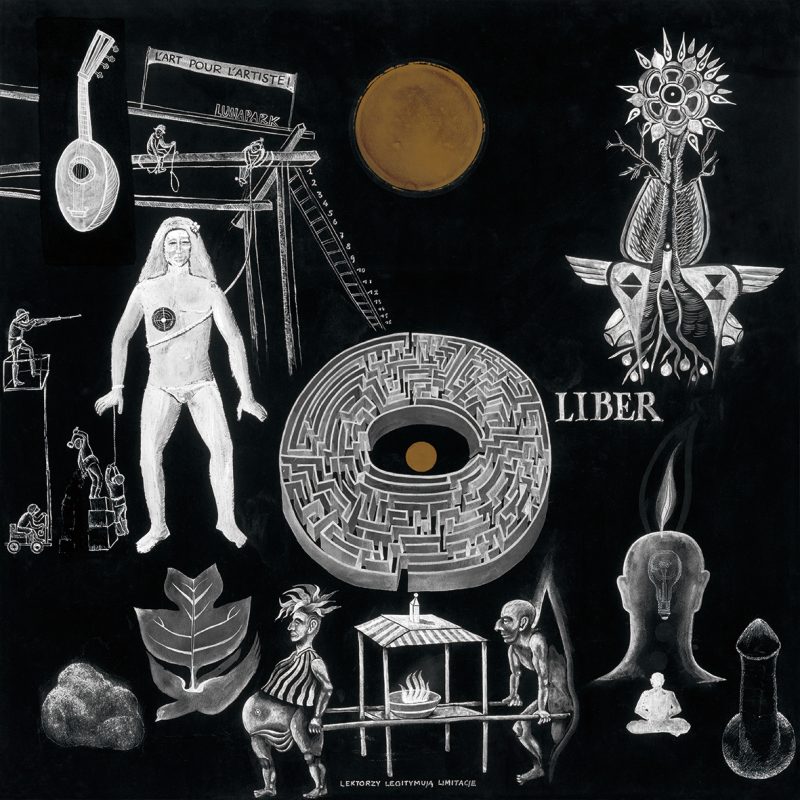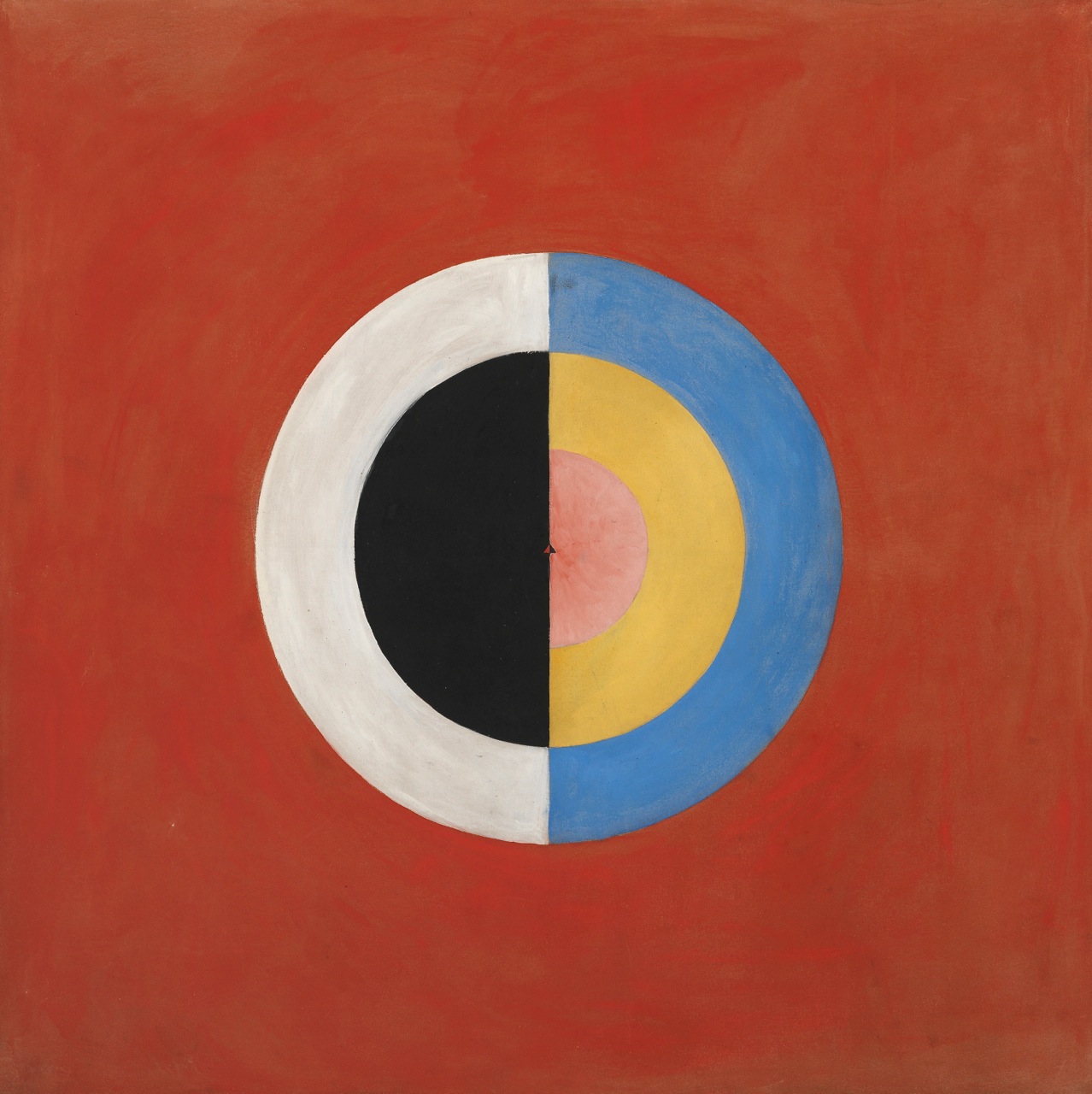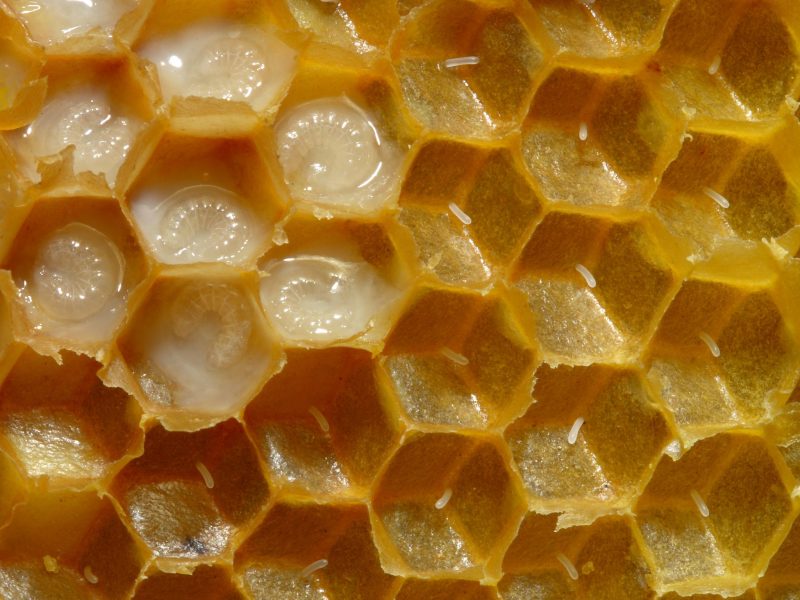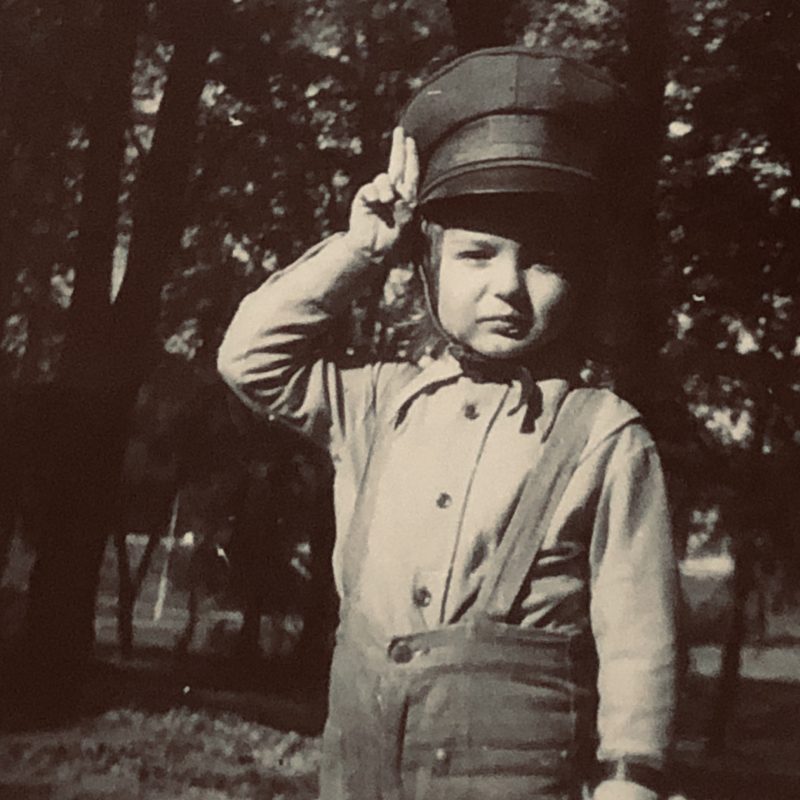
Atefeh Ahmadi
WORK OF ART AS MEDIUMSHIP
“Aisha Qandisha […] is one of the most popular and fearsome Jinniya (female Jinn) in Moroccan folklore. […]. She is both a hunter and a healer, sometimes appearing as a beautiful (irresistibly seductive) woman and sometimes as a Hag. When she possesses a man, she does not take over the new host, but opens the man to a storm of incoming Jnun and Jinns, demons and sorcerous particles of all kinds; making the man a traffic zone of sweeping cosmodromic data. This is why she is feared. And she never leaves — she always resides in the man to guarantee his total openness, which is not always pleasant According to the Moroccans, the only way to feel comfortable with Aisha (the new mistress / lover) is by participating with her, feeding her, exciting her through passionate and barbaric music rites with cacosonic rhythms.”
Cyclonopedia, Reza Negarestani
Can we use Aisha as a metaphor for the artistic drive? And say the artist is a possessed person who becomes a medium that channels the many forces trying to find a zone of (co)emergence? But what exactly are these forces, and what kind of art are we talking about?
In this paper, I will argue that redefining the concept of spirituality in art can help us open up a conceptual path to investigate a possible alternative epistemic order in the history of art. Episteme, as Michel Foucault suggests, can be seen as the totalizing conditions and relations that provide the grounding and set the possibilities for the very existence of certain discourses and bodies of knowledge produced within them. Can thinking through relational approaches help us identify a fracture in the way the theory and practice of spiritual art, and art practices in general, have been defined specifically by western episteme, particularly since the Renaissance? I will use the metaphor of the artist as medium because of its associations with esoteric and spiritual practices. This metaphorical tool provides a possibility to follow a relational approach in questioning the figure of the individual autonomous artist, which I see as a step toward a possible historical repurposing of art.
Any mention of mediumistic art immediately conjures up certain kinds of spiritual practices, particularly in modern art that has been influenced by occult and mystical traditions. The first example that comes to mind is abstract art which allowed for new explorations in the different spiritual realms, and although it rejected traditional religion, it had an affinity with more occult practices. Generally, modernists and avant-garde artists since the late nineteenth century, in performance art, music, literary movements, and visual and plastic arts have been to a great extent influenced by and combined various versions of spiritual and ritualistic traditions such as Theosophy, Buddhism, Kabbalah to Sufism or African and Native American art, as well as biblical themes and Catholicism, the kind of sensibilities and influence that can be traced back to Romantic movement, in particular, William Blake.
Historically there has always been a strong relationship between art and spirituality or, more precisely, between art and the transcendental; however, it has been established most notably through organized monolithic religions, especially in western and Christian tradition where the artist in the process of making art has had a kind of shamanistic role in bringing the mystical and divine powers into a representational realm.
Here I want to emphasize the historical rupture between man and natural order in Western thought that is also mirrored in monolithic Judeo-Christian religions, which again in the modern era gets more elaborated and becomes a universal normative that is still persists as a hegemonic epistemic paradigm. Even in the practices that distance themselves from established religions and when the artist directly is claiming that some other entity is talking through them, nevertheless, the figure of the artist remains central and more or less autonomous, which can be seen as the result of this paradigmatic order. When Hilma af Klint states: “The pictures were painted directly through me, without any preliminary drawings and with great force. I had no idea what the paintings were supposed to depict; nevertheless, I worked swiftly and surely, without changing a single brush stroke”1. In another remark, she adds: “It was not the case that I was to blindly obey the High Lords of the Mysteries but that I was to imagine that they were always standing by my side”2.
Even in the movements like Process Art or Land Art where the artists try to let go of intention, to affirm the process and discovery, to stand against product-oriented culture and institutional control and commodification of art, and let uncalled forces work through them, and to break free from the controlling settings, still, the focus is on the artist, he finished artwork is attributed to them, and the politics of relation are limited to the individualist, humanist and subjective tradition. This is in contrast to more ancient, indigenous, or prehistoric spiritual and mystic practices and rituals; the entangled relationalities in work in such practices, and the episteme in which they emerge, stand outside the tropes of a knowing subject. We never ponder about the artists of paintings and engravings in Tassili n’Ajjer; what matters to us is their ritualistic purpose and how they fit in the bigger picture of the spiritual practice and engagement with the environment, or in the tradition of tantric art, which is known for being an egoless practice, a devotional and mystical abstract and minimalist form of painting in Hinduism, the name of the artist deliberately remains a secret. The focus is on the experience that happens in the process. Here the line we draw between making art and making an offering and simply living a life disappears, and the work of art first and foremost is a site of communication with the other, the outside.
Even in the Middle Ages, you could not easily attribute an artwork to an artist, and the majority of the artists remained anonymous. Moreover, most of the works were the result of a collective rather than an individual creation. However, their “outside” is more transcendental than immanent.
It was in Renaissance that the status of the artist as a genius individual, a self-contained creator emerged. And from then on, even all the mystical or secret side of artmaking has been ascribed to the artist, the one creator, that although may have been an eccentric character was credited for all the greatness and flow of affection that an artwork arose. Another curious thing about Renaissance artists is the mythologizing of their solitary practice and even adding a kind of secrecy to it, which again is an emphasize on their individualistic approach and genius; the stories about Michelangelo not letting anybody, including the Pope himself, near him while he worked, or how Tintorreto rarely allowed people to his studio reinforce this notion.
I would like to take a step back and ask what exactly spiritualism is, a notion that is not easy to grapple with. In dealing with the question of art and its spiritual dimensions, we may make a distinction between the transcendent that has more of mythical quality and is concerned with what lies beyond, the religious, which more precisely points to the organized spirituality, and the occult that is a somehow esoteric preoccupation with magical practices or supernatural beings and phenomena. The term spiritual can cover all these areas, which, while having clear boundaries and different values in various communities, in all accounts somehow point to a connection and interaction with a greater order of things and meanings, something ungraspable that comes to the plane of existence and manifest itself through art and the artist.
I want to look at this connection and interaction through another lens that draws on the metaphor of the opener Aisha, that doesn’t see the artist as a solitary self-contained and godlike agent and creator, but as a traffic zone for various forces, actants, and agents, a medium through which a multiplicity manifests itself.
We do not have an independent existence, but rather we are entangled in various sets of relation, whether through the net of history and concepts, the epistemic groundings, or the interaction with other agents and beings, the environment, and thus doing art is not an individual affair either, but rather it emerges as a part of these entangled relations. Following this line of reasoning, I want to argue that all art is spiritual, in the sense that it channels and manifests multiplicities that lay beyond the folds of the individual creator of it. Especially since artworks are affective formations that emerge in the uncharted realm of sensibilities, or to use Deleuze and Guattari’s definition, they are “a compound of affects and percepts”3, events that cannot be explained in terms of individual intentionality.
Looking through this lens, can we reconceptualize the artistic practice and look at the role of the artist and creator more as a mediating one? A “possessed” person in the sense that a network of actants and structures find expression through them? It is in no way denying the artists’ agency and their responsibility, but rather as Karen Barad states, questioning “the nature of agency and its presumed localization within individuals” and affirming the sets of relations through which the process of art happens. The word process is important in this view; talking about the spiritual experience with the mediation of art always points to a process, being it the experience of the artist, the spectator, or the ritualistic purpose of the art; it is never only about meaning and signification that accompanies a figure or an artwork. In this sense, we can talk about the affective dimensions alongside the conceptual and creative ones. In an age where various kinds of spiritualisms are increasingly being rediscovered and reappropriated in many artistic and creative practices, it seems necessary to redefine the term by revising the art history and also in the light of new ways of thinking that emphasize the vitality of matter and entangled relationalities.
New Materialism provides us with relevant concepts and new ways of thinking to try to exceed the already existing categories and reframe the art production, not as something that happens in isolation but includes interconnections between various agents. It helps us to grasp the complexity of multiple layers of factors that shape our sensory and affective experience in art that cannot be looked at separately from conceptual creativity. The art practice in this sense can be understood as an “intra-action,” a neologism by Karen Barad that “signifies the mutual constitution of entangled agencies. That is, in contrast to the usual’ interaction,’ which assumes that there are separate individual agencies that precede their interaction, the notion of intra-action recognizes that distinct agencies do not precede, but rather emerge through, their intra-action”4. Thus the contours of the subject and the object can never be defined, and it always entails a becoming that is affected by, and is in relation to other forces, other bodies, or better said, other becomings. “It is important to note that the ‘distinct’ agencies are only distinct in a relational, not an absolute, sense, that is, agencies are only distinct in relation to their mutual entanglement; they don’t exist as individual elements”5.
De-individualization of art or the “relational turn”, which finds one its most prominent example in Relational Aesthetics as theorized by Nicolas Bourriaud in the 1990s that undermined the autonomy of artists by drawing on new media art and the move from modern art to postmodern art (although its emphasis is mainly on interhuman relations and social exchanges), is closely connected to the process and relational philosophy, a long tradition in the history of thought that its focus is on the perpetual moving and interacting of things that can create new conditions in the world. Becoming in this tradition is an important concept because it sees the world as a dynamic process in which things emerge in a processual, creative, and evolving reality. So work of art in this view will be, as Deleuze and Guattari put it, “a world created in the process of its tendency”6.
Here I want to place emphasis on using the term “work of art” rather than “artwork” because, as Barbara Bolt suggests, talking about artwork let us understand the work of art as a chimerical process and not an objective end result, “We can identify artworks, classify them, interpret them and make evaluations according to criteria established by the discipline of Art History. We can exhibit artworks and study the reception of them. However, does this allow us to get any closer to the work of art?”7 affirming the procedural nature of art production entails going beyond representation in art and giving credit to all the entangled forces engaged in the artistic activity and the mediumistic role of the artist(s).
In the contemporary art world, many artistic practices try to foster this approach, especially the ones that work in the intersection of art and other disciplines like science and technology, many instances in bio-art and eco-art are among those efforts that affirm the process of becomings and assemblages (of human and non-human) in work of art. No individual entity proceeds the others in sets of relations that give emergence to instances of affection, sensation, and intra-active creativity. In the light of many theories questioning the figure of (hu)man as a modern self-invention and knowing subject that can regulate and control his object, it seems that the individualistic figure of the artist correspondingly needs revisions, both in the term of how Foucault questions the figure of “author” as “the privileged moment of individualization in the history of ideas, knowledge, literature, philosophy, and the sciences”8 and also with another mapping that goes beyond binarism of man and nature, where the artist is situated as a creator who regulates the inert matter and imposes form and structure on it. In this sense, the work of art would be an event produced out of ever-evolving relationalities.
However, it is important to reemphasize that focusing on the in-betweenness and the constitutive nature of art, and the constant de-individualization of it, should not be in terms of a postmodern indeterminacy. Any kind of indiscriminate pluralism that falls into indeterminism and postponing active participation and taking responsibility should be avoided. Highlighting the mediumship role of the artist(s) is not a way to dismiss the accountability but a call to rethink the artistic agency and modes of structuring the aesthetic, of how to become an intercessor between various forces, agencies, and desires. It is being more humble and at the same time more ambitious. Positioning the artist and the work of art as a site for intra-actions and relationalities opens the way for more accountability through an alternative epistemic stance and a possibility for a historical repurposing and reconceptualization of art.
Recognizing our situated position in the entangled web of relationalities, encountering the world as an environment and not a collection of objects through which representation happens can cultivate new grounds and positions for a reconceptualization of art practice. The focus here is on the encounter, and the art process and experience is viewed as an emergence where the contingency is a part and a condition for thinking through art. This also engenders a political positioning, in which the very definition of art and aesthetics that, through all the alterations, has remained in a more or less uniform epistemic framework can be revisited. It renders a reinvention or decomposition of work of art, not just as a discursive enhancement or a new style or theory in which the spiritual art is just a category within its discourse or a generalizing term for whatever falls out of it, but as a lens for a new genealogical reading of art history. Dethroning the artists is just the beginning of a more inclusive history of art that welcomes all Jinns and Jnun and avoids being “all too human”.
Endnotes
1 Lomas, 2013:38
2 Linden. 2006:19
3 Deleuze and Guattari, 1994:164
4 Barad, 2007:33
5 Ibidem.
6 Deleuze & Guattari, 2008: 322
7 Bolt, 2010:16
8 Foucault, 1984 :101
References
- Lomas, D., Rousseau, P., Zander, H., Müller-Westermann, I., & Klint, A. H. (2013). Hilma af Klint: A Pioneer of Abstraction. Hatje Cantz.
- Linden et al. (2006). Hilma af Klint: The Greatness of Things by Gustaf af Klint Douglas Hyde Gallery.
- Barad, K. M. (2007). Meeting the universe halfway: Quantum physics and the entanglement of matter and meaning. Duke University Press.
- Bolt, B. (2010). Art beyond representation: The performative power of the image. I.B. Tauris.
- Deleuze, G., & Guattari Félix. (2008). Anti-Oedipus: Capitalism and schizophrenia. University of Minnesota Press.
- Deleuze, G. & Guattari, F. (1994). What is Philosophy? (H. Tomlinson & G. Burchell, Trans.). New York: Columbia University Press.
- Foucault, M., & Rabinow, P. (1984). The Foucault Reader. Pantheon Books.
Atefeh Ahmadi
Atefeh Ahmadi is an artist, translator, and researcher from Iran. She has collaborated with many art and literary magazines and publications. She graduated in performance art and is continuing her higher education in gender studies. She is also a certificate student in art and curatorial program at the New Center of Research and Practice. Her current research project focuses on mapping the possible multimodal heterotopias drawing on the concept of speculative fabulation.
ORCID: 0000-0002-1524-2147




